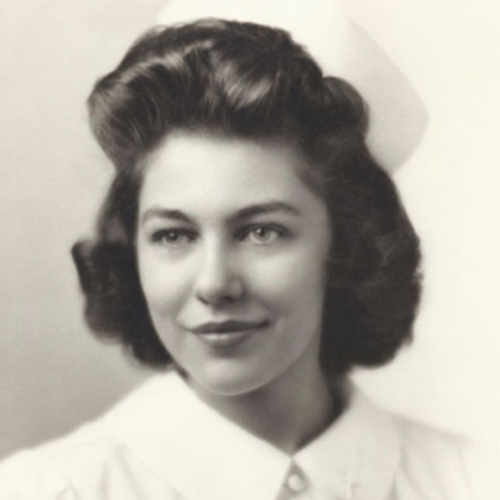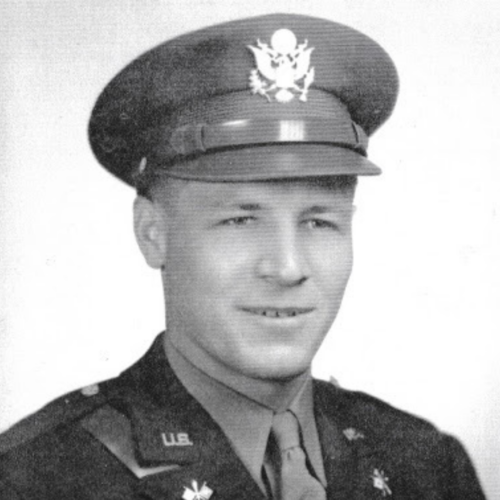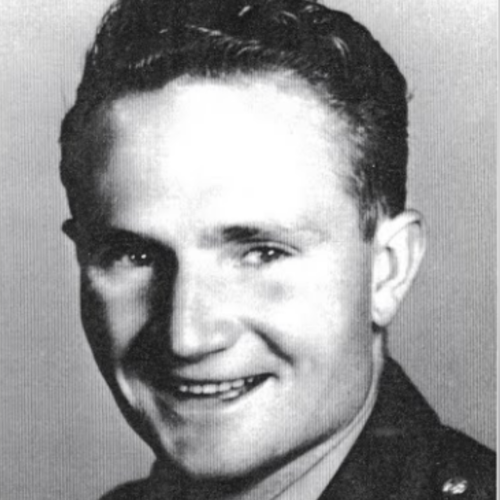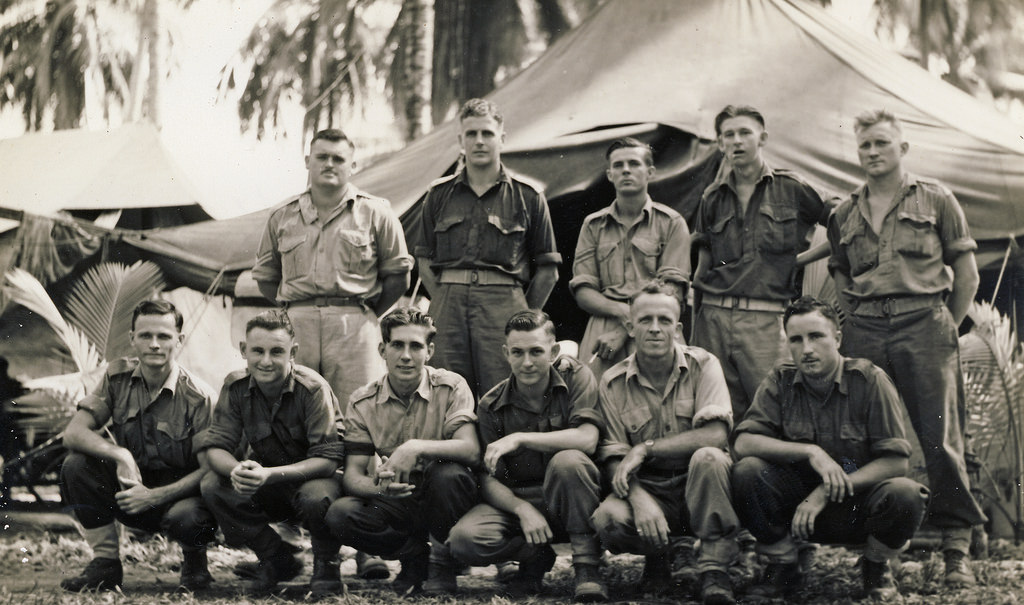Lehi Veterans of World War II


Parts of the atomic bomb dropped by the Enola Gay were delivered to Tinian by the USS Indianapolis, where TSgt Laney was stationed. Tinian was where the Enola Gay took off from to bomb Hiroshima.
After the atomic bombings on Hiroshima and Nagasaki and surrender of Japan, 300 Japanese soldiers, unwilling to surrender, were left near Tinian on a nearby island about five miles away. To convince these soldiers to surrender, General Kimble enlisted TSgt Laney's help. Laney set up a radio receiver and antenna that would receive messages from Japan. American boats circled the island with loudspeakers telling the soldiers the war was over. The next day, two Japanese soldiers came to Tinian. Laney was left alone in a room with these two soldiers and played the frequencies Emperor Hirohito was broadcasting from. Unable to understand Japanese, Laney watched the faces of the two soldiers until their expressions recognized their emperor's voice. They conversed in Japanese for two hours deciding what they should do and eventually got up to leave. A few hours later, the 300 Japanese soldiers surrendered to General Von Kimble and were brought to Tinian.

About World War II

